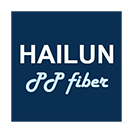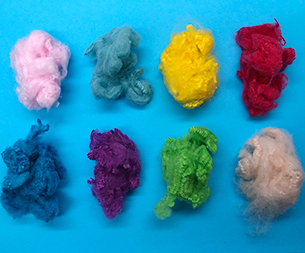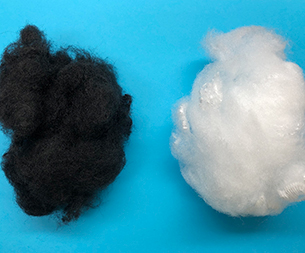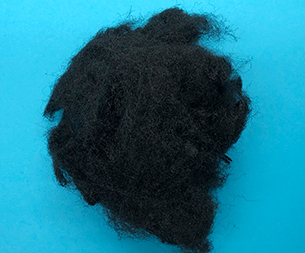With the strong policy wind blowing, how can the textile industry take advantage of the situation to break through?
In May 2025, the central bank's combination of "reserve requirement ratio cut and interest rate cut" was implemented, releasing trillions of yuan in liquidity and injecting a strong impetus into the textile industry, which was Mired in a capital predicament. This policy dividend not only led to a sharp drop in financing costs, but also drove a wave of transformation across the entire industrial chain. Textile enterprises need to accurately seize opportunities and transform their short-term capital advantages into long-term competitiveness.
The easing of financial pressure has driven technological upgrading
After the interest rate cut, the interest rate for inclusive small and micro loans dropped directly below 4.5%, saving the entire industry over 50 billion yuan in interest annually. A medium-sized textile enterprise in Jiangsu Province has done the calculation: 50 million yuan of existing loans save 500,000 yuan in interest each year. This money is precisely used to upgrade dyeing and finishing equipment, reducing energy consumption by 15% and meeting the new environmental protection standards of the European Union. Within a week of the policy's implementation, orders for textile equipment purchases soared by 18%, with intelligent equipment accounting for over 60%.
The stable supply of raw materials has given rise to innovative models
As a major consumer of cotton, the textile industry is extremely sensitive to fluctuations in raw material prices. Under the policy inclination, the new credit lines of cotton-related enterprises exceeded 20 billion yuan, and the main contract of Zhengzhou Cotton Futures rose by 4.2% in three days. The purchasing director of a certain group in Shandong Province stated directly, "Previously, the inventory cycle was only 15 days, but now it has been extended to 30 days, and the purchasing cost per ton has decreased by 80 yuan." The improvement of enterprises' raw material reserve capacity has given rise to the "futures + spot" hedging model, keeping cost fluctuations within 3%. Supply chain financial tools have been working in tandem. The transaction volume in the raw material market has increased by 25% quarter-on-quarter, and the logistics turnover has accelerated by 12%.
The dual increase in domestic demand and exports has forced model innovation
Policy dividends and consumption stimulus have resonated: The interest rate for first-home provident fund loans with a term of over five years has been reduced to 2.6%, igniting enthusiasm for home furnishing and textile consumption. The expectation of the depreciation of the RMB has strengthened, and the export competitiveness of textile products has improved. A certain enterprise in Guangdong has boldly transformed, converting half of its workshops into data centers to provide cloud computing services for surrounding enterprises. The proportion of digital revenue has reached 25%.
Facing challenges such as the uncertainty of the China-Us tariff negotiations and the high cost of intelligent transformation, textile enterprises need to launch a "combination of measures" : draw on the cooperation among industry, academia and research to reduce R&D costs, lay out the Southeast Asian market to diversify risks, and make good use of supply chain finance to optimize cash flow. The policy window period is fleeting. Only by proactively embracing changes can we seize the initiative in the reshaping of the trillion-yuan market.
- The application of polypropylene
- Cost pressure has pushed up yarn
- How to choose high-quality polyp
- New quality productive forces ar
- What are the applications of pol
- Trump announced a 100% tariff on
- Haibang polypropylene staple fib
- What impact will the implementat
- Jiangsu Haibang New Materials co
- The US side proposed imposing ad
- Markets
- Automotive Products
- Nonwoven Lining
- Geosynthetics
- Liquid Filtration
- Apparel and Textiles
- Hygiene Products
- Building and Construction
- Other Markets
- Contact Us
- Contact Haibang





